Mod Description
Dump Valves (DV's, BOV's) Everything you need to know about the dump valve.Mod Details
PremiumNo Difficulty



 Mod ID249
CreditEvilution
Cost££50 - £200
For
Mod ID249
CreditEvilution
Cost££50 - £200
For
 Linkhttps://www.evilution.co.uk/mod/dump-valve-types.htm Copy to Clipboard
Linkhttps://www.evilution.co.uk/mod/dump-valve-types.htm Copy to ClipboardThere are 3 main types of dump valve and although they do pretty much the same thing they have their differences:
1# Diaphragm Dump valve
2# Piston Dump valve
3# Sequential Dump valve.
How Do They Work And What Are The Differences?
Diaphragm type

The first thing you need to know about the diaphragm DV is that it is generally the loudest of the 3 but is the least robust. To release the pressure the stepped rubber diaphragm is pulled back by a vacuum allowing the pressure to pass.
The rubber diaphragm will eventually perish or split but replacements are readily available.
Piston Type

The piston DV is very robust as it relies on a plastic piston to stop the pressure escaping. Again, when the negative pressure (vacuum) is applied to the chamber it pulls the piston away from the outlet allowing the escape of air. The piston DV isn’t as loud as the diaphragm type but louder than the sequential type. Servicing one of these DV’s is very easy and can be found here.
Sequential Type
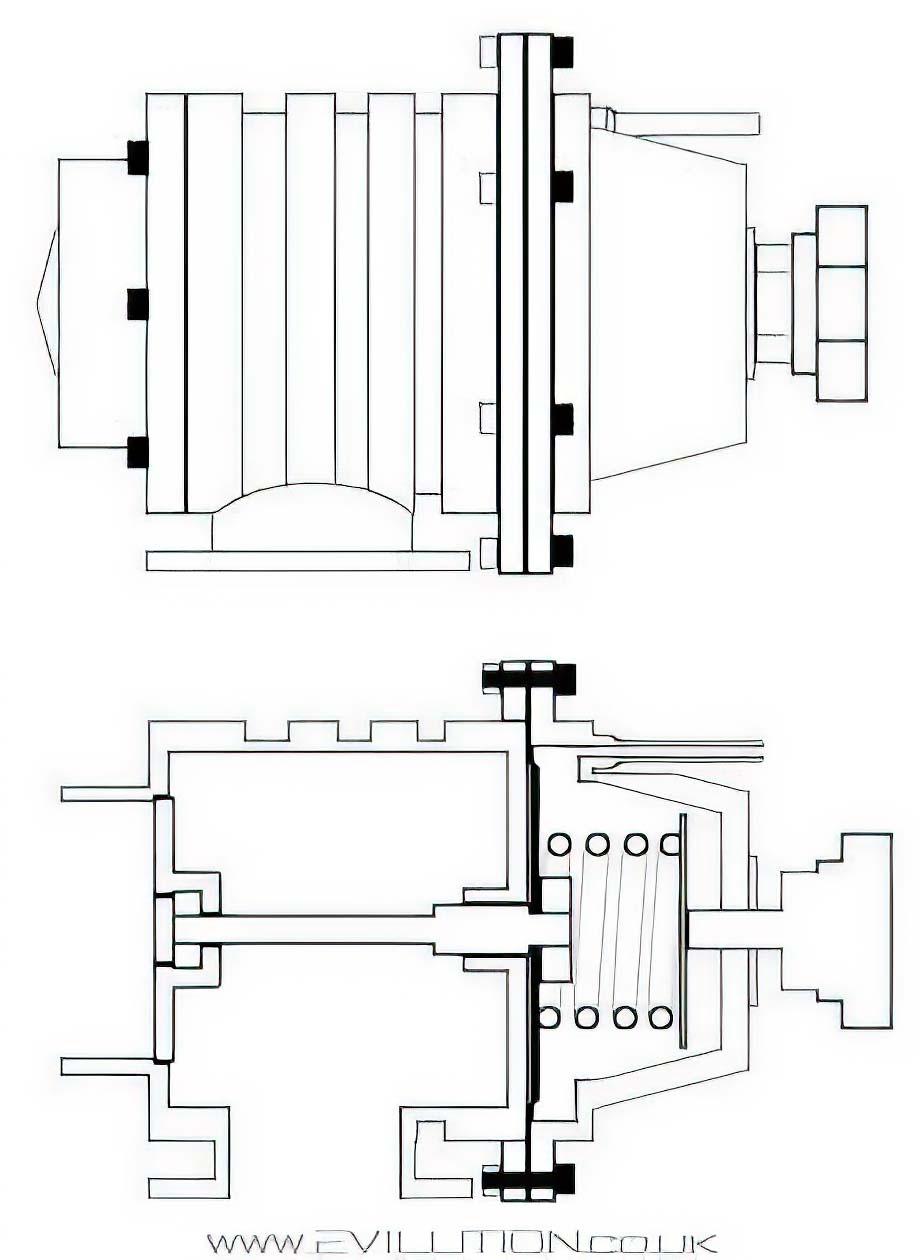
Very robust as most of the components are machined from aluminium. The piston is moved in the same way as the last 2 by the use of a vacuum chamber, what makes it different from the piston type one above is the way the sequential piston moves in 2 stages allowing you to manually choose what pressure it dumps at.
In the vacuum chamber is a progressive spring meaning it applies more pressure as you wind the adjustment screw in. At low boost, when the DV is opened the small piston in the centre is pulled back and the small amount of boost is released almost silently. If the pressure is higher, the piston moves back further pulling the second part of the piston with it.
This opens the DV allowing the pressure to be released very quickly giving the Tshhh noise.
So Which WAS The Best? (2007)
This is now out of date and is no longer the best DV, see the next heading for the best option. We decided to leave the old info here because of the nice diagram.
Without a doubt the Sequential DV was the best value and strangely enough it’s one of the cheapest if you know where to shop. Both the other DV’s are usually sold for about £150 and consist of a silicone T piece and the dump valve.
The sequential valve originally retailed for £199 but can be bought from the German makers for about £80 including delivery and Paypal fees.
This comes with a nice looking metal pipe and is easier to fit than the others as you don’t need to access the jubilee clip on the intercooler.
This is the DV and the entire fitting kit. If you want to buy one but your German isn’t great you can follow the instructions here.

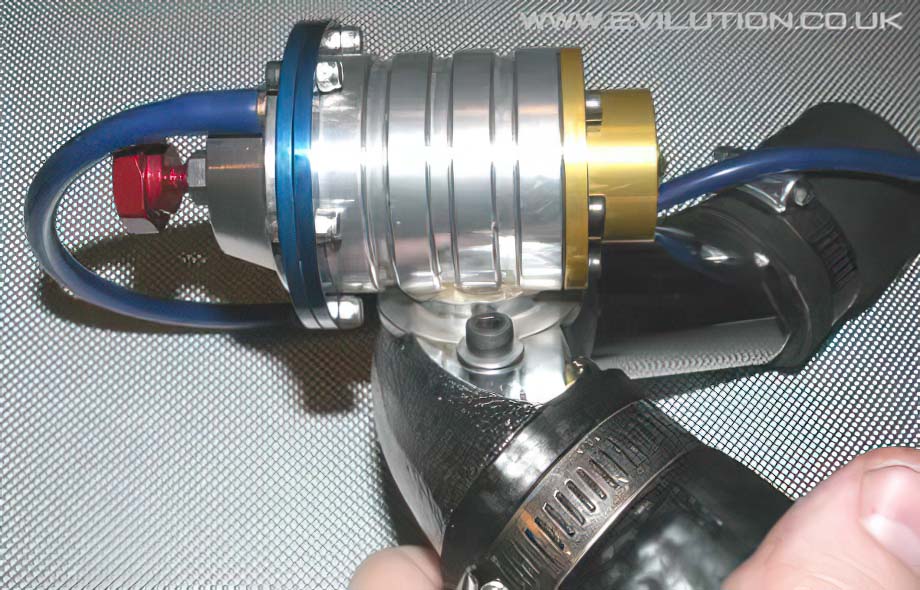
Which IS The Best?
Without a shadow of a doubt, the Forge Motorsport 12mm smart DV is the best by far.
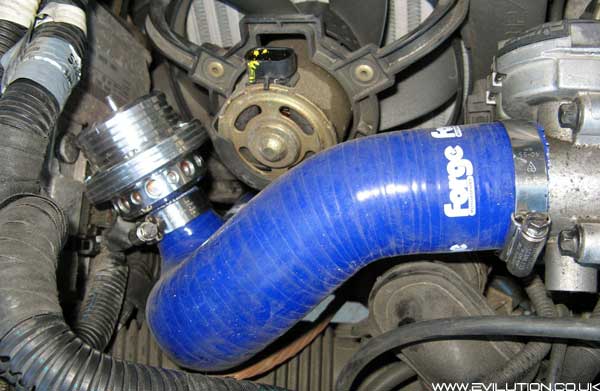
It’s incredibly well made, extremely robust, only £140 at the time of writing and most importantly it is already restricted for use with the smart.
It’s not the loudest DV you have heard but it does what it’s supposed to do and does it well.
I Have Bought A DV Already But Didn’t Get A Fitting Kit!
You will need a silicone T-piece, main pipe being 40mm and the extra pipe being 25mm. (usually, measure your DV outlet).
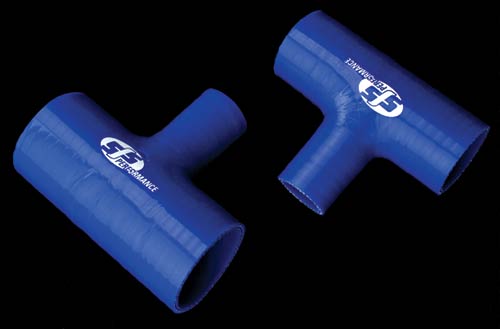
If you contact Forge Motorsport or SFS Performance you will get the correct item for a standard DV. Standard colour is blue, other colours available. This will replace the rubber pipe between the intercooler outlet and the engine inlet pipe, you will have to cut it down a bit in length and secure it with decent jubilee clips.
Where Does The Small Pipe Fit To?

The vacuum pipe should attach to the fuel pressure regulator (circled above).
Tips For Fitting?
The fitting is quite straight forward, undo the jubilee clip at each end of the pipe that will be replaced and pull it off.
Push the top pipe all the way onto the new pipe which will give you the room to manoeuvre the pipe in place and slide the silicone pipe onto the engine inlet.
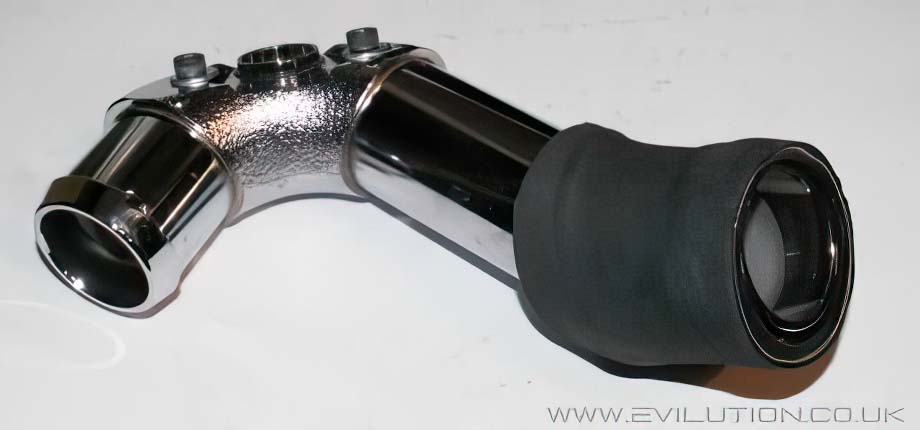
With it all in place, tighten up all the clips, attach the vacuum pipe and secure with zip ties.


